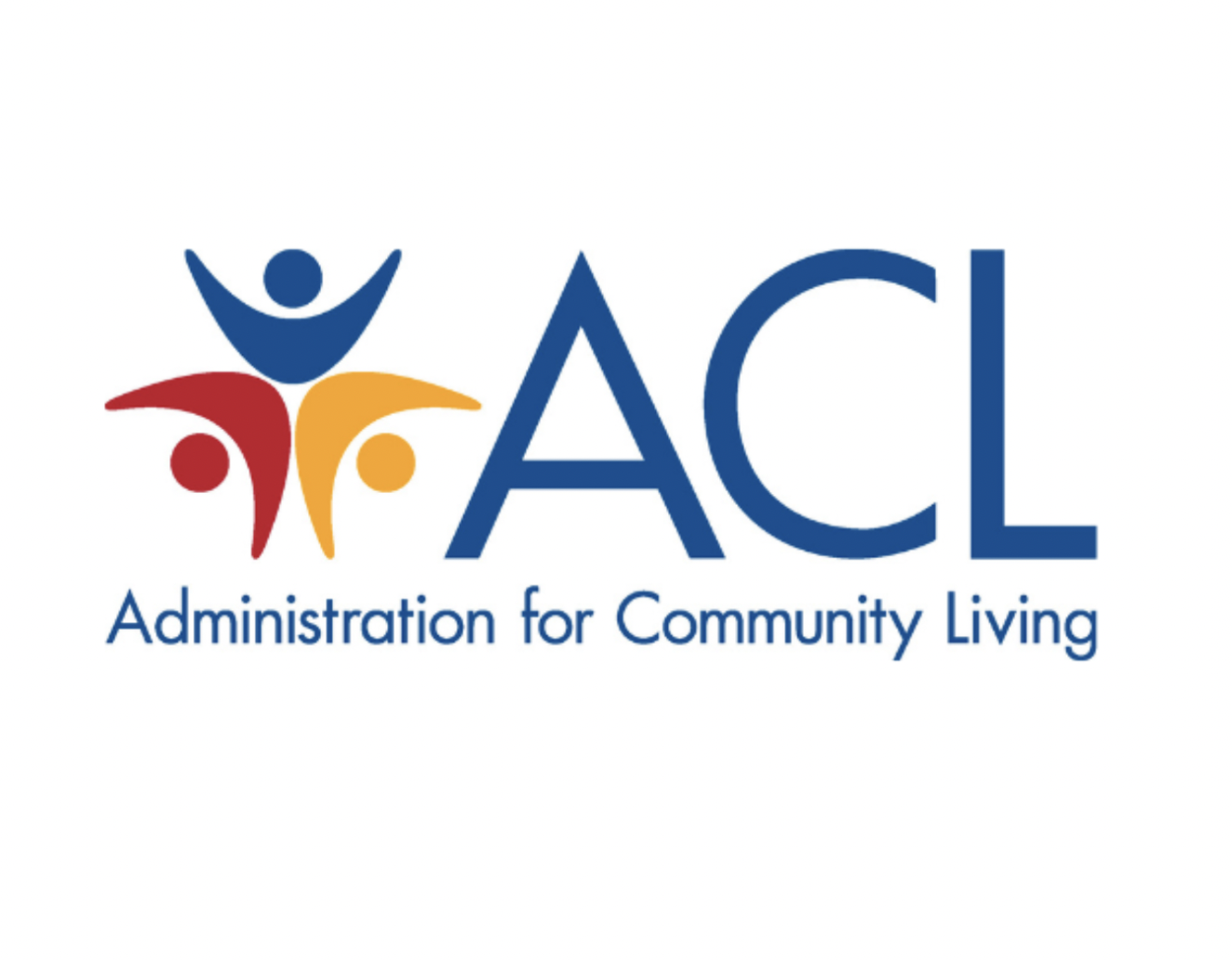2022
Invest in What Works Federal Standard of Excellence
(100 points possible)
Did the agency have senior staff members with the authority, staff, and budget to build and use evidence to inform the agency’s major policy and program decisions in FY22?
Did the agency have an evaluation policy, evaluation plan, and learning agenda (evidence building plan), and did it publicly release the findings of all completed program evaluations in FY22?
Did the agency invest at least 1% of program funds in evaluations in FY22 (examples: impact studies; implementation studies; rapid cycle evaluations; evaluation technical assistance; and rigorous evaluations, including random assignments)?
Did the agency implement a performance management system with outcome-focused goals and aligned program objectives and measures, and did it frequently collect, analyze, and use data and evidence to improve outcomes, return on investment, and other dimensions of performance in FY22?
Did the agency collect, analyze, share, and use high-quality administrative and survey data – consistent with strong privacy protections to improve (or help other entities improve) outcomes, cost effectiveness, and/or the performance of federal, state, local, and other service providers programs in FY22 (examples: model data-sharing agreements or data-licensing agreements, data tagging and documentation, data standardization, open data policies, and data use policies)?
Did the agency use a common evidence framework, guidelines, or standards to inform its research and funding purposes; did that framework prioritize rigorous research and evaluation methods; and did the agency disseminate and promote the use of evidence-based interventions through a user friendly tool in FY22 (example: What Works Clearinghouses)?
Did the agency have staff, policies, and processes in place that encouraged innovation to improve the impact of its programs in FY22 (examples: prizes and challenges, behavioral science trials, innovation labs/accelerators, performance partnership pilots, and demonstration projects or waivers with rigorous evaluation requirements)?
Did the agency use evidence of effectiveness when allocating funds from its competitive grant programs in FY22 (examples: tiered-evidence frameworks, evidence-based funding set-asides, priority preference points or other preference scoring for evidence, and pay for success provisions)?
Did the agency use evidence of effectiveness when allocating funds from its non-competitive grant programs in FY22 (examples: evidence-based funding set-asides, requirements to invest funds in evidence-based activities, and pay for success provisions)
In FY22, did the agency shift funds away from or within any practice, policy, or program that consistently failed to achieve desired outcomes (examples: requiring low-performing grantees to re-compete for funding; removing ineffective interventions from allowable use of grant funds; incentivizing or urging grant applicants to stop using ineffective practices in funding announcements; proposing the elimination of ineffective programs through annual budget requests; incentivizing well-designed trials to fill specific knowledge gaps; supporting low-performing grantees through mentoring, improvement plans, and other forms of assistance; and using rigorous evaluation results to shift funds away from a program)?
*Meeting this criteria requires both federal agency and congressional action.
1. USAID and MCC only administered competitive grant programs in FY21. Therefore, for both agencies, Results for America applied scored criteria #9 by applying their relevant score from criteria #8.
Results for America’s 2021 Invest in What Works Federal Standard of Excellence (Federal Standard of Excellence) highlights how nine federal agencies, which oversaw more than $221 billion in federal investments in FY2022, are building the infrastructure necessary to use evidence and data in their budget, policy, and management decisions.
Results for America uses the following certification levels, along with scores, to recognize the evidence and data efforts at the nine federal agencies highlighted in the 2022 Federal Standard of Excellence.

When reviewing the information and scores in the 2022 Federal Standard of Excellence, it is important to note that:
- Results for America developed the standard’s criteria and scoring structure in close consultation with more than 100 current and former federal government officials and key stakeholders from all across the country.
- The purpose of the standard is to educate members of the general public as well as public, private, and nonprofit sector leaders on how federal departments and agencies are currently using evidence, data, and evaluation to invest taxpayer dollars in what works.
- Results for America gave the federal departments and agencies included in the Federal Standard of Excellence multiple opportunities to review and comment on the content and presentation of the information included in it. Results for America greatly appreciates their willingness to help develop the Federal Standard of Excellence and their continued commitment to making the federal government as effective and efficient as possible. Since Results for America recognizes the complexity of federal practices, policies, and programs into a single cross-agency Federal Standard of Excellence, Results for America exercised its best judgment and relied on the deep expertise of leaders both within and outside of the federal government during the development of the Federal Standard of Excellence.
- Results for America would like to thank its Federal Advisory Committee Members for their guidance in the development and review of this year’s Federal Standard of Excellence.
- Results for America released ten previous versions of the Invest in What Works Federal Standard of Excellence, formerly entitled as the Invest in What Works Index, in June 2013, September 2013, May 2014, March 2015, April 2016, October 2017, November 2018, October 2019, December 2020, and November 2021.








